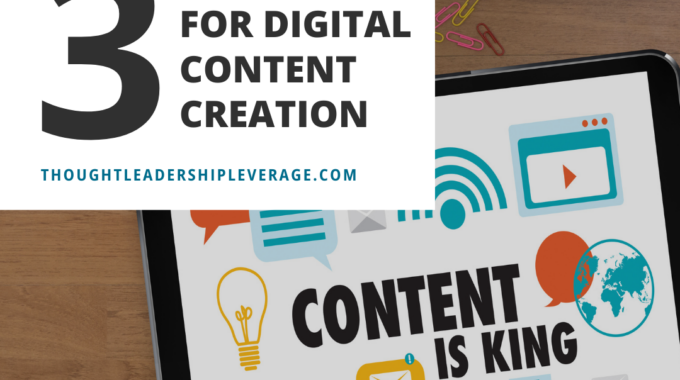Is your thought leadership strategy as solid as a rock? Let's get real—having a strategy…
Are You Doing a Great Job of Answering the Wrong Question?
Most sales professionals who are enthusiastic about their product or service truly love talking about their work. They have a back-log of data, stories and anecdotes that exemplifies the power what they do and why their prospects need it. They’ll quote research they’ve done to support the work as well as case studies that highlight great examples of the results. Just because we love something doesn’t mean it needs to happen all the time. There’s a difference between passion and work-vomit. Many do a great job of answering the wrong questions when speaking with prospects and potential clients.
While many potential clients are fans of an author’s work prior to becoming a client, spending too much time discussing the validity of the work is actually counterproductive. What the thought leader needs to do is be respectful and courteous and answer any all of the questions that a potential client has, but you also need to help them ask better questions.
For example, in a B2B sale the buyer (which in most cases is not the same person that will be consuming the content) needs to understand the potential impact your work can have on their business. If you can either help the client frame those type of questions and then thoroughly answer them, you’ll be in a much better position to make your client a success.
Good content typically results in a sustainable change in behavior, a mindset or develops specific skills. There are often tools that support the behavior change, but clients are actually paying for the results, not the tools. Connecting the changes or skill development to a business metric that is measurable and yields a positive ROI is the key to insuring your work will have the desired impact.
Often times, clients don’t ask questions that are focused enough on the ROI and impact. If you can help them ask those types of questions (and obviously have a well thought out answer to them) you’ve made your job and the client’s job easier.
Moving the conversation from the features of your content to the actual benefits the client will experience is not an easy task and takes a bit of practice to master, but it is worth the effort. A simple framework to think about your response is:
As a result of deploying X (the program, coaching, e-learning, etc.) we will (describe the change in behavior or skill set being developed), which will impact your business as follows (i.e. shorten the sales cycle, increase employee engagement, break down silos, etc). While the example is over simplified, the format is a solid way to do a great job answering the right question regardless of whether it was asked or not.
Comments (5)
Comments are closed.






Peter, I was wondering if you personally know that little hockey fan in the video!
A good insight into what really needs to be addresed while dealing with potential clients and how we should go about it.
I so agree, Peter, this question of business impact is either overlooked or shied away from. I think people are scared of the question because they are not sure they can prove it – forgetting of course that many business decisions such as marketing investment are based on reasonable assumptions, not copper bottomed proof.
Another good question to ask is what will happen if the client does nothing. The cost of that is just a valid to measure.
Your example would be much more effective if you lead with the benefit i.e. “We will shorten your sales cycles by deploying this coaching program designed to improve your sales people’s closing skills.” Buyers want to know what’s in it for them and the quicker you tell them the more they will listen to what follows.
Absolutely agree.